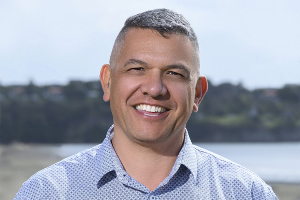
Meanwhile in the mortgage industry, there is uncertainty about just what impact this will have on rates charged by the market place in the short term at least.
The 4% warning (actually 3.9%) came from the Reserve Bank (RBNZ) itself. The timing of this peak was the end of next year, and it would be the highest number for the OCR since 2008.
But Westpac's acting chief economist Michael Gordon didn't share the RBNZ's view of a 4% end point for the OCR, sticking to his earlier prediction of 3.5% instead.
Also rejecting the 4% figure was a trio of Kiwibank economists led by Jarrod Kerr.
They stick at 3.5%, but add the rider, “for now”.
The ASB economist Mike Jones was even more restrained, suggesting 3.25% as the peak.
These issues arose as the RBNZ pushed up the OCR by 50 basis this week for a second time this week, in contrast with its usual practice of 25 point variations either up or down.
Brokers will meanwhile be watching to see what impact the latest 50 point rise will have on the loan market. And they are unsure of what that effect will be.
“The 50 point increase that they did last month certainly put a full set of brakes on everyone initially,” said Glen McLeod of Edge Mortgages.
But it was unclear just what impact it would have this time around, since markets had made big judgments last time and were still deliberating this time.
Mcleod said last time there was a 50 point rise, the market had already factored in an 80 point rise in retail rates charged to the public. That made the total rise a big one – 1.3 – and it remained to be seen what would happen this time.
“No doubt we will see half a percent in the floating rates, but whether or not we will see that in the short term rates or the fixed rates, I don't know,” McLeod said.
“If you look at where floating rates are now – they are around 5.5% - they will start to look a bit like 6%.
“We might see the one-year fixed rate jump up closer to 5% but I have been getting some two-year rates at 4.99% so I am quite interested to see what effect it will have”
Looking longer term, McLeod said a 4% OCR would see the floating rate go up to around 7% but at present it was hard to work out what was happening, and the market had in recent weeks not given many clues.
“It is a very weird situation.”




Comments
No comments yet.
Sign In to add your comment